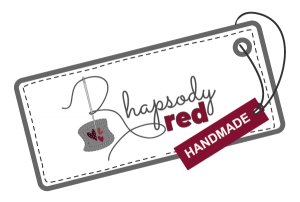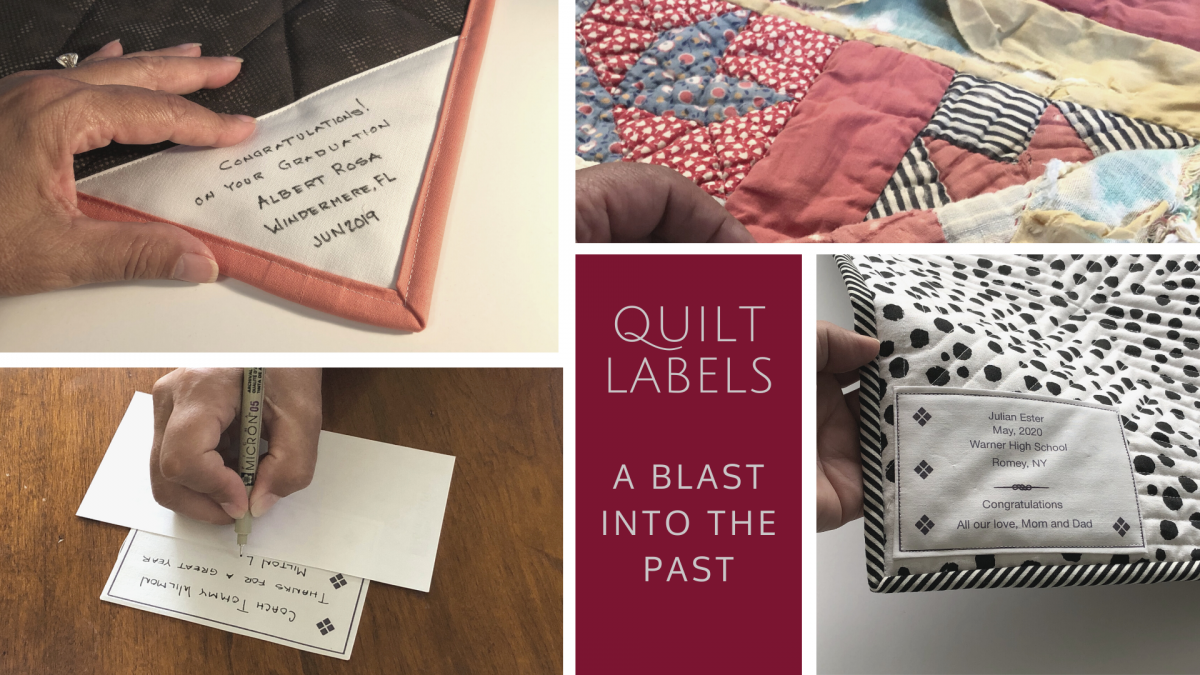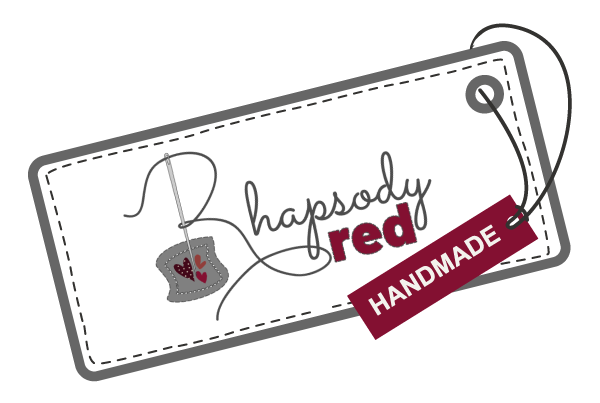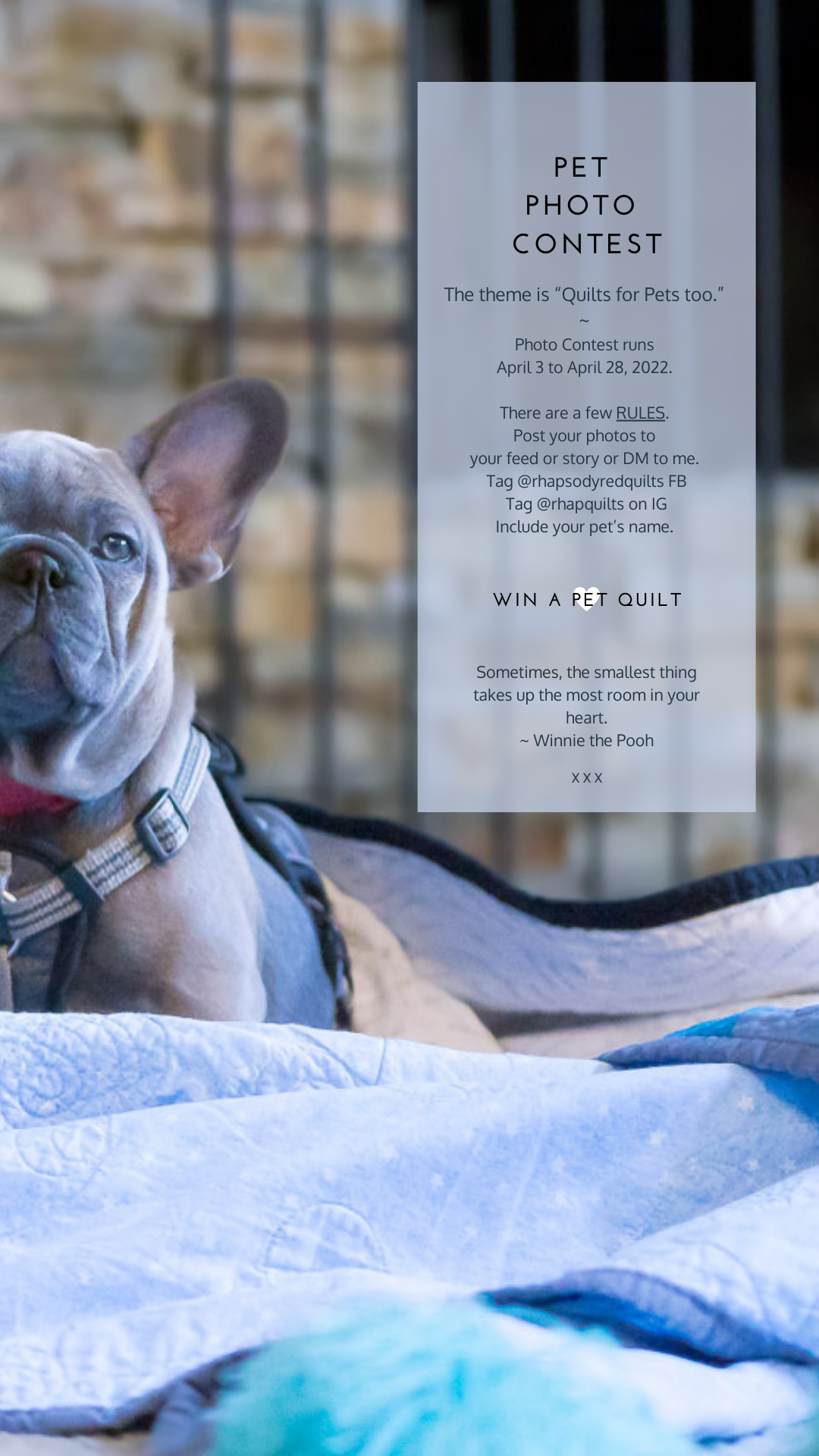Quilt labels are like a blast into the past.
It’s hard to believe, but your quilt may be around longer, much longer than you. The future will appreciate you if you put a label on your quilt TODAY. Help the quilt live out its legacy. And the future generations will be tickled they hold a few stories and history about the quilt.
Unless you are a dedicated quilter, most of us do not think of quilt labels very much, if at all. I didn’t either early on. Most of my quilts made before 2017 do not have labels—even my own. I plan on going back and adding labels to those without them. And there will be work to do to pull together the information to do that,
Now I believe EVERY quilt should have a label with, at the minimum, the basic information; owner and year.
To be fair, I also want to tell you not all quilters agree with labeling quilts. I can’t speak to the reasoning of this opinion. If you are on the fence, maybe you’d like to do some homework to learn more about the opposing point of view.
Why a quilt label
A quilt label preserves the knowledge of your quilt’s heritage for future generations. It tells stories of the legacy and history of the family and honors loved ones, and so much more. If you are gifting the quilt, it’s not only about providing a congratulatory note. It’s about the quilt, its beginnings, and travels through time. As the quilt is passed down, your decedents will want to know the stories and the history behind the quilt.
A quilt label is a fabric rectangle or square; you sew onto the back of the quilt with information about the quilt, the maker, and if gifting the quilt, the owner. The quilter decides where the label is placed. They are mostly found on the bottom back of the quilt, either corner.
What is a quilt label?
Each quilter has their own taste and style. The quilt labels can be very elaborate or basic, and plain. I’ve seen beautiful labels in the shapes of hearts and some with decorative borders, some that hold extra fabrics for repairs. The information can be embroidered, computer printed or done with permanent markers and hand written. Sometimes quilters get very creative and quilt information directly into the quilt or embroider it into the binding.
The size of the label is up to the quilter. As a matter of fact, there are no rules, none. What is critical is that it can endure washing. There is no sense in providing this information just for it to wash off. If you are adding the information with permanent markers, do your research first. Markers are probably the riskiest of methods.
Ok, so you buy-in
You want to include a quilt label. What do you put on the label? It’s essential to think about what someone in the future might want to know about the quilt. If you had just received a quilt from, let’s say, a great aunt, what would you want to know? Develop your list based on that thought.
In my opinion, this is the essential information to include in a quilt label;
- Name of the owner
- The reason it was made – special occasion, graduation, wedding
- Date and place where it was completed
- If it was gifted;
- name of the person who gifted it
- a short sentiment
Are you interested in including more information? There is no size restriction on the label, so add as much information as you feel necessary. It can have a pocket, it can open like a children’s fabric book. You are the boss. So you can include as much or as little as you’d like. Here are a few more ideas of what can be included.
- Who made the quilt, if it was commissioned
- The quilt pattern name
- A particular poem, bible verse, or quote
- Care instructions
How you create the quilt label
Now let’s talk about how to put the information on the label. Handwriting is thought, by some, to be the most personal and somewhat romantic way to go. Think about someone not only cherishing your quilt but also you sending the quilt’s information to this future person in your own handwriting. Embroidery is fancy and beautiful and will probably last the longest.
With technology today, it is simple to print a label with a computer and printer. I personally like that look. It is very clean and organized, but I do acknowledge it is impersonal. There are infinite options for the appearance with a computer-printed label. It can be set up to print beautiful designs, fonts of choice, and designs in the surrounding area and borders.
We haven’t talked about how the label is attached to the quilt. Like everything else, there are several ways. It can be hand sewn with the stitches hidden, machine-sewn with plain stitching, or fancy stitching. It can have one or two of the edges sewn into the binding. Binding is the trim on the outside perimeter of the quilt. The label can be fused onto the fabric. It can be placed onto the backing (the quilt back fabric) and quilted with the overall stitching of the quilt pattern. That makes it more permanent since it is quilted over its entirety. Or the writing can be done directly on the quilt’s backing without the addition of a label. Quilts long ago were often signed by the quilter that way.
A few stories
I have recently had several conversations on quilts, their conditions, and their history. All would benefit from having a label. Indulge me in telling you three of them.
The first is a quilt that was made recently, and so its situation is a little different. This quilt has been used and loved immensely, which I believe is excellent. You can immediately tell how much use it gets. The whole family loves the quilt and uses it often. Unfortunately, it is not in good shape and cannot be restored entirely or repaired for that matter. It will not be passed on to generations to come in a usable condition. But it will be remembered dearly. At some point, the family will need to decide whether to let it go or store it once it is felt that it can’t be used anymore. If it is stored, a label would be a great addition. Imagine the family kids passing it on to their kids. When the grandkids grow up, they will have a quilt their great-grandmother made and their parent used as a child him/herself. What a great story, but would they know the story if it wasn’t written down? Maybe, maybe not.
The second story is about a friend of mine whose mother-in-law recently passed away. The mother-in-law had a chance to go through her own belongings before moving into an elderly care residence and had gifted my friend one of her quilts. Now that she passed, my friend is torn about what to do with the quilt. Is it important to keep and care for? Is it something her mother-in-law made, or did someone gift it to her? Did another family member make it? How old is it? How emotionally valuable is it? If it had a label, at least some of those questions would be answered. My friend is having a hard time deciding what to do with it; you can see how that would be troubling?
The last story is very clear since the gentleman has great personal stories of helping with quilting efforts for his grandmother when he was a child. He was raised by his grandmother. He would come home from school, and the ladies would put him to work. He picked up cotton to make the batting; he would raise the quilting frame out of the way so the family could have dinner every day. This was very common in the olden days. It was raised up to the ceiling. He knew the quilt he has was made by his grandmother, and it was made by hand of flour sacks, and he knew how time-consuming it was. He is very fortunate that he is aware of its history and how valuable the quilt is. Not valuable from a cost perspective but from an intrinsic, emotional point of view. It was exciting to listen to his stories from his own childhood. It is a part of his own history he holds in his hands and is planning to pass on to the next generation. It doesn’t have a label. You bet I’m going to add one as I work on repairs.
Want to take care of your quilt label now
There are many creative ways to label your quilts. Do you have an existing quilt you’d like to label and are looking for something quick and easy? There are many resources for ready-made labels that you can just fill in pertinent information, print and sew on or check here for a fusible method.
If you are making a quilt or having one made, seriously consider adding a label. In most cases, the quilter will add the label for you.
Keep the quilt legacy going!



